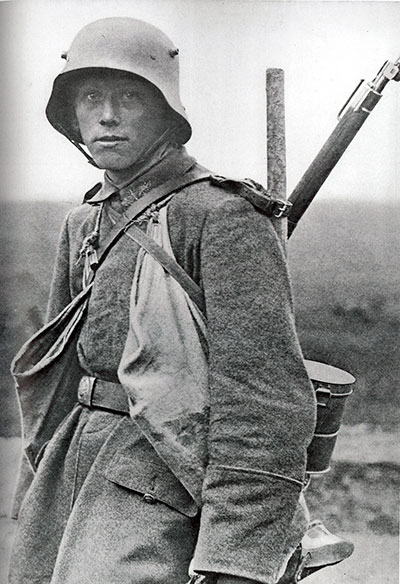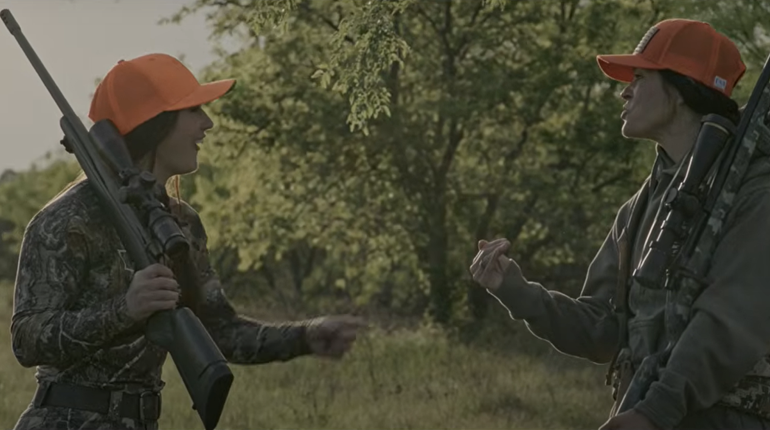
By most standards, the Mauser Gewehr 1898 (Gew 98) can be considered the ultimate bolt-action rifle. In the United States alone, the Springfield Model 1903, Winchester Model 70 and Remington 700 all owe design and feature elements to the Gew 98. The two-lug bolt, the charger (stripper) clip and other design elements made the ’98 the definitive bolt-action rifle of the 20th century. This rifle and its carbine version account for more than 30 million manufactured between 1898 and 1945. Although volumes exist on the Gew 98 and its descendant, the Kar98k, very little is written about the Kar98az that is the immediate predecessor to the World War II Kar98k version.
So, for the uninitiated, let’s review: standard infantry longarms have been called just that, “longarms,” since the English Civil War in the 1600s when the age of the longbowmen (archers) gave way to the soldiers armed with long guns—smoothbore muskets at the time. Their guns were long for numerous reasons. The longer the barrel, the straighter and farther the round would carry. When fixed with a bayonet, it gave the infantryman a longer reach and, most importantly in the age of flintlocks, it allowed the muzzle of the muskets of the rear ranks to reach farther past the faces of those firing from the front rank in a line of battle. Shorter versions of the long gun were made for mounted troops (cavalry) and were called carbines. The word is derived from the French word carabine and originates from around the turn of the 17th century.
The 19th century saw gigantic leaps forward in the evolution of firearms. Flintlocks gave way to percussion caps, which in turn gave way to self-contained metallic cartridges. Smoothbore muskets gave way to rifled arms, and blackpowder was replaced by smokeless powder. All of these changes occurred within a span of a few short decades and had a tremendous impact on the design of military firearms. Just as the Pattern 1853 Enfield represented the finest standard infantry rifle at the end of the muzzleloading, percussion-cap era, the Infanteriegewehr 98 (Gew 98) became the finest bolt-action, magazine-fed, infantry rifle on the planet in 1898.

With an overall length just shy of 50 inches and a barrel length of slightly shorter than 30 inches, the Gew 98 was a long gun in every sense of the word. With its 25-inch-long standard bayonet attached, the rifle was more than 6.25 feet long. It provided great defense against a charging phalanx of cavalry troopers, but the age of great cavalry charges was rapidly drawing to a close and the age of trench warfare was approaching. A shorter, more maneuverable gun was needed, and the Germans adopted the Kar98a in 1902. It had a 17-inch barrel and was a miserable gun to shoot due to the change in the gun’s ammo in 1903. The new ammo was called the “S” cartridge and sported a spitzer projectile, whereas the M88 cartridge was round-nose and not nearly as powerful as the new “S” ammo. The 17-inch barrel of the new carbine produced excessive recoil, muzzle flash and noise due to the shorter barrel not being long enough to burn off all of the propellant before the bullet exited the barrel.

In 1908, the Kaiser approved the new 23-inch-barrel carbine with the nomenclature of Kar98az which stood for aufpflanz-und zusammensetzvorrichtung, which is a long-winded way of saying “with bayonet attachment and stacking hook.” To the soldiers in the trenches of 1914 to 1918, it became commonly called the Kar98 and was an immediate success.
The new carbine bore the same dimensions as the American Springfield Model 1903: 43 inches long overall with a 23-inch barrel. The sights were graduated from 300 to 2,000 meters and, like the Gew 98, it held five rounds of 7.92x57 mm ammo (better known as 8 mm Mauser today). It had a bayonet lug and a curious little hook that protruded from the muzzle band that served as a stacking hook. The true Kar98a had a short life and was never made in any sizable numbers, so the new gun was often, mistakenly, referred to as the Kar98a, but the proper designation is Kar98az.
Initially destined for cavalry and artillery as well as support troops, the Kar98az was soon popular with front-line troops as the rigors and confinements of trench life became a reality between 1914 and 1918. The Gew 98 had been in the field for 10 years by the time the Kar98az was designed, so a few improvements besides cutting down its size were made. The Kar98az came with a turned-down bolt handle that was flat on the underside, and there was a recess in the stock to allow for easier grasping. In 1915, finger grips were cut into the fore-end of the stock, and the majority of Kar98az rifles will have this alteration as most were made during the war years. In excess of 1.5 million models were manufactured before the Armistice, and of the 100,000 rifles the Versailles Treaty allowed the German military to keep after the war, the Kar98az was considered the best.
The Kar98az served thorough the Weimar era and was replaced with the nearly identical—sans stacking hook—Kar98k which came into production in 1935 (Note: the first K in its name stands for Karabiner or carbine, the last k stands for Kurz, or short, in German.) In excess of 14 million of those rifles would be produced between 1935 and 1945.





































